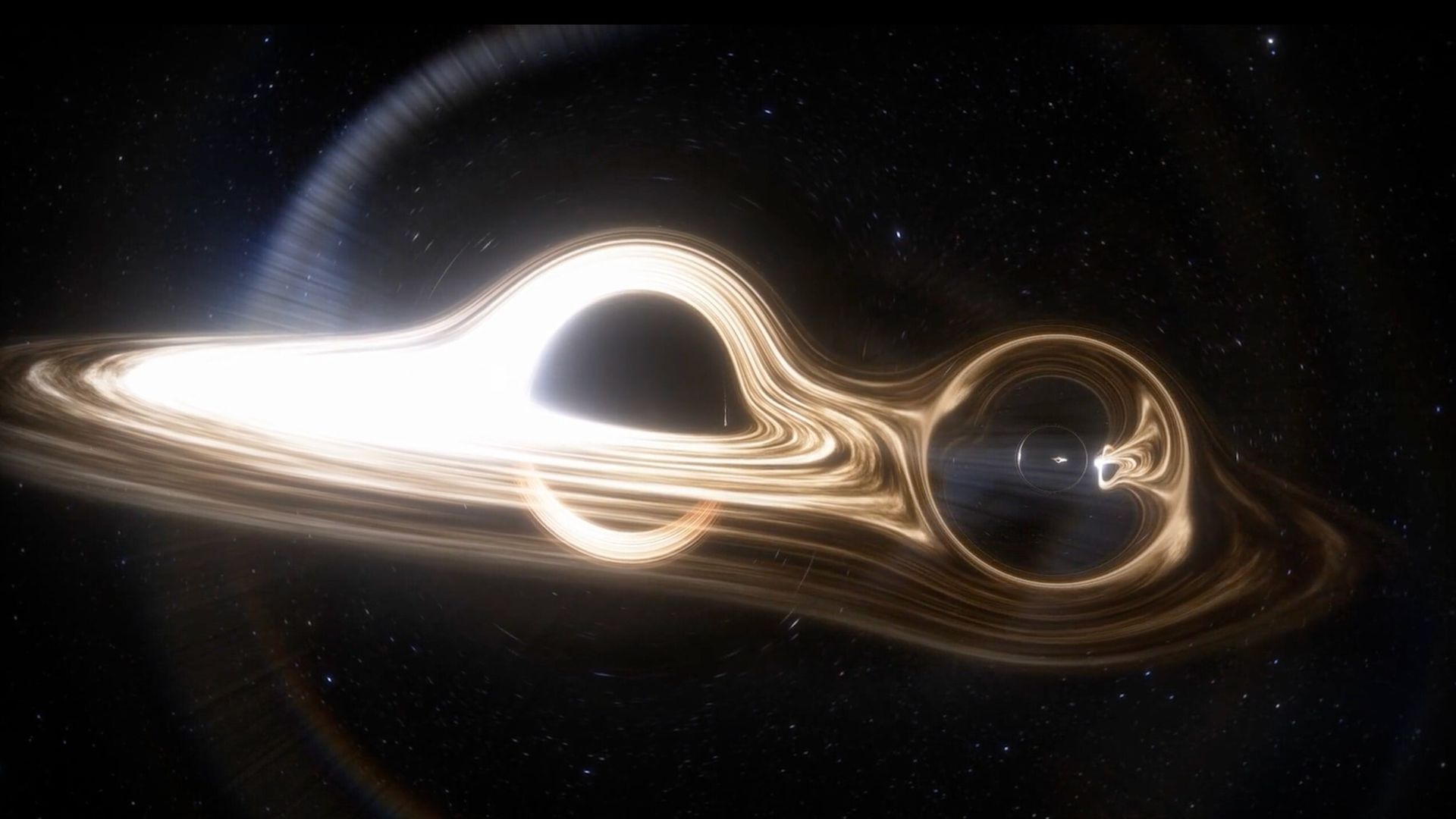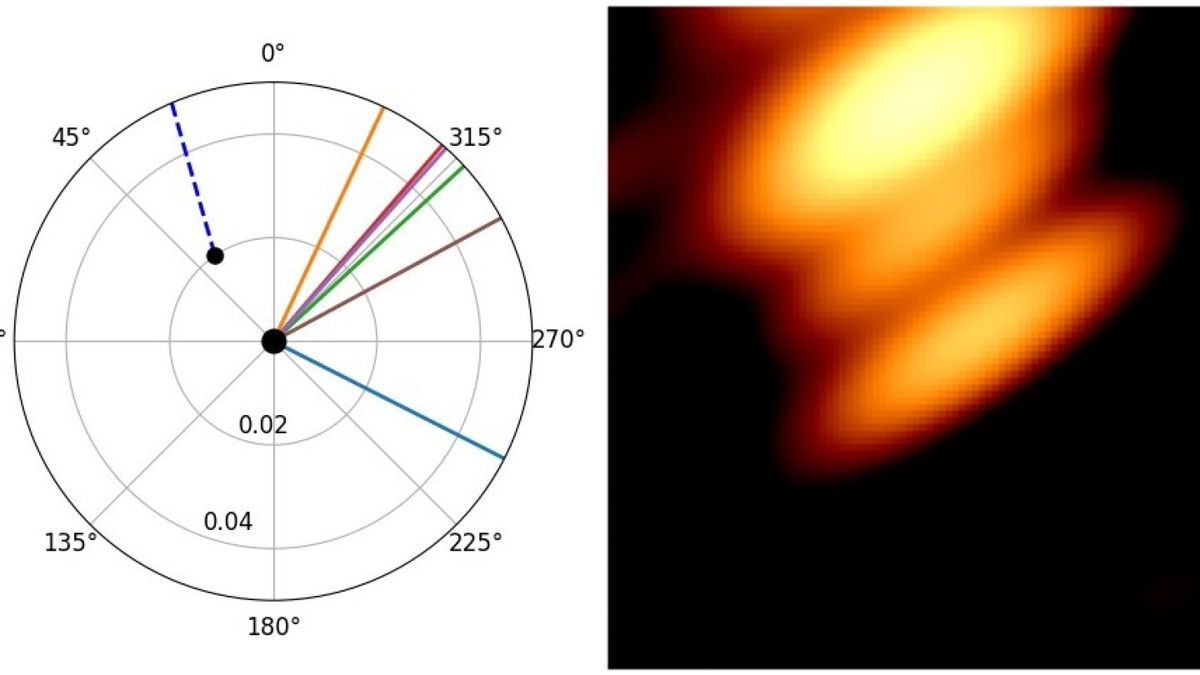⚫ First image of two black holes in mutual orbit
Follow us on Google News (click on ☆)
By combining ground-based and space telescopes, astronomers have detected tiny variations in the radio waves emitted by this cosmic pair located 5 billion light-years from our planet. The two celestial objects complete their mutual revolution in twelve Earth years, forming a perfectly synchronized gravitational dance. The smaller of the two black holes exhibits a jet of particles moving at a speed close to that of light, whose sinuous trajectory evokes the movement of a rotating sprinkler hose.

Artist's representation of two interacting black holes
Credit: AiVreaSaStii / pixabay
The primary partner of this system, identified as blazar OJ287, is a true cosmic colossus with a mass equivalent to 18 billion times that of our Sun. These supermassive black holes typically form at the center of galaxies and can emit extremely powerful radiation when they absorb matter.
Mauri Valtonen, an astronomer at the University of Turku in Finland and lead author of the study, emphasizes that black holes themselves are invisible but can be detected indirectly through the particle jets they emit or the heated gas surrounding them.
By comparing the characteristics of the obtained image with theoretical predictions established over decades, researchers were able to identify two distinct components corresponding to the jets of each black hole.
Astronomical archives reveal that OJ287 was already observed in the late 19th century, long before the existence of black holes was theoretically established. The system's regular brightness variations had led scientists to hypothesize the presence of two orbiting objects as early as the 1980s. The new observations confirm this intuition while opening new perspectives for studying gravitational interactions between these extreme objects.

Theoretical diagram (left) showing the position of the black holes and their jets at the time of observation, and corresponding radio image (right)
Credit: Valtonen et al, 2025
Although this discovery represents a major advance, researchers remain cautious and acknowledge that the jets of the two black holes could partially overlap in current images. The scientific community eagerly awaits the development of new instruments to definitively confirm the presence of both objects and more precisely observe the characteristic motion of the smaller black hole.